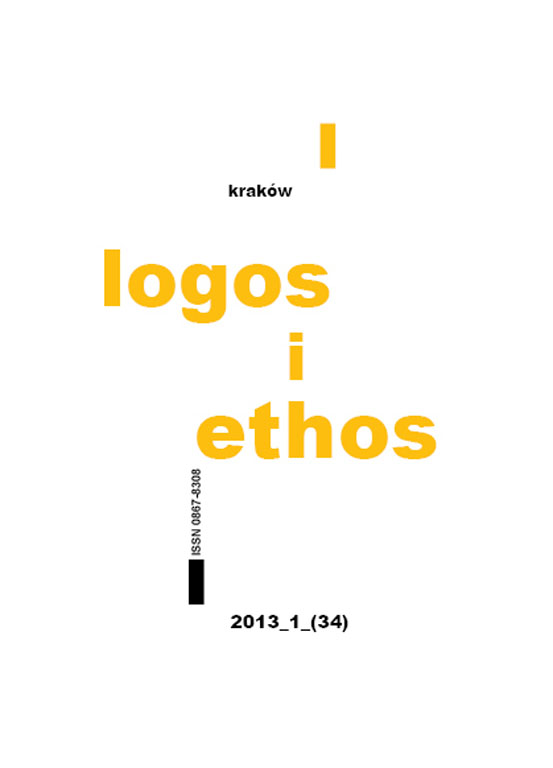The Family as a Place of Education of Human Being. A Study on Metaphysics of Motherhood by Wilhelm Schapp
DOI:
https://doi.org/10.15633/lie.171Abstract
Wilhelm Schapp, the German philosopher (a student of Edmund Husserl), wrote his treatise “Zur Metaphysik des Muttertums” in 1937, but the book was not published until 1965, fourteen days before the author’s death. Its theme is motherhood and family. This article attempts to interpret Wilhelm Schapp`s text; the subject of the analysis is, firstly, the meaning of the title phrase “Metaphysik des Muttertums” (“metaphysics of motherhood”), and secondly, the role of the family in the educational process. In his metaphysical work Wilhelm Schapp appears as a philosopher, strongly connected with the Christian tradition; according to him the main term of this tradition is not reason, but love, the deepest manifestation of which is motherhood.
Downloads
Published
Issue
Section
License
Copyright (c) 2013 Igor Nowikow

This work is licensed under a Creative Commons Attribution 4.0 International License.
Authors who publish with this journal agree to the following terms:
- Authors retain the copyright and full publishing rights without restrictions, and grant the journal right of first publication with the work simultaneously licensed under a Creative Commons Attribution 4.0 International License that allows others to share the work with an acknowledgement of the work's authorship and initial publication in this journal.
- Authors are able to enter into separate, additional contractual arrangements for the non-exclusive distribution of the journal's published version of the work (e.g., post it to an institutional repository or publish it in a book), with an acknowledgement of its initial publication in this journal.
- Authors are permitted and encouraged to post their work online (e.g., in institutional repositories or on their website) prior to and during the submission process, as it can lead to productive exchanges, as well as earlier and greater citation of published work (See The Effect of Open Access).

